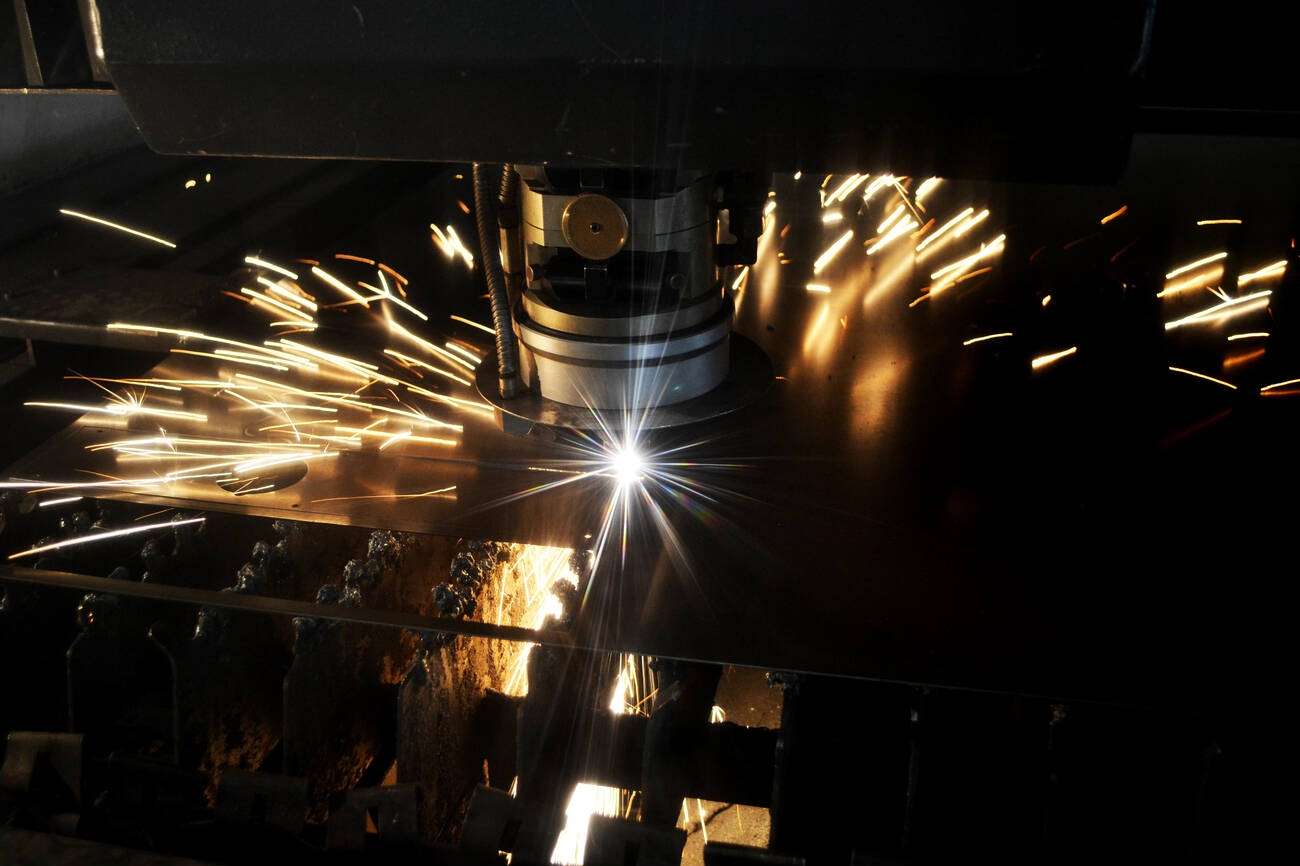
Manufacturing units need to streamline their processes to achieve the ideal production flexibility to meet their business goals. In such a competitive market, laser-cutting machines have played a significant role. They offer great material versatility and precision. However, this advanced technology also comes with a big price tag, which adds to your overall B2B operation cost.
In this blog, we will discuss how the overall cost of a CO2 laser machine varies and how it can impact your overall operations. Even though it has exceptional accuracy and speed, most companies still calculate the overall fiber laser cost in production to maximize the return on investment and optimize the workflows.
You should be aware of all factors that influence the machine production cost to decide if you should get a laser cutting machine for your production or not. Following are a few key elements that you should know about:
There are mainly two types of lasers used in cutting machines, as discussed below:
➤ CO2 Lasers:
This type of laser can cut different types of materials, such as thin metal, wood, acrylic, and more. It is considered to be a budget-friendly option over fiber lasers, which require more frequent maintenance and have a slower cutting speed if you use them for thick materials. Therefore, if you are on a limited budget and mostly work on thin materials and speed is not much of a concern, then go with a CO2 Laser Cutting Machine.
➤ Fiber Laser Cutting Machine
Fiber lasers are an advanced technology. They offer a higher power output and exceptional cutting speed and accuracy. These machines are commonly used on thicker metals that are highly reflective, such as brass and aluminum. Fiber laser cutting machine prices are much higher than CO2 Lasers. On the one hand, their upfront cost may seem high, but they can help with faster production for better ROI in the long run.
Laser Power is measured in watts. Cutting machines with greater wattage have better precision and speed when cutting thicker material. High-power machines mostly have 3kW or more watts of power. However, they also consume more energy and increase the overall cost of production.
In contrast, machines with around 150 Watts may have less power and are only suitable with materials like thin wood or acrylic. They will also be comparatively slower, but considering how much it reduces the overall laser machine business cost, you can still count on it to get the job done (only if you do not work on tight deadlines because of its slower speed).
The overall size of laser cutters can significantly impact how you handle the project. If you work on designing small parts in small quantities, you can go for cheap laser-cutting machine options to save on your overall budget while maintaining a high-quality standard. Such machines also consume less energy and incur some overall electric expenses.
If you mostly work on large-scale production projects and bigger components, you should consider buying laser-cutting machines with large working areas and bed sizes. This may lead to slightly higher diode laser cutting machine prices for production, but considering its potential, especially for large-scale companies, it is worth trying out.
Modern laser cutters come with different additional features to significantly boost your productivity and workflows. Here’
● Autoloaders: This feature automates the material feeding، It reduces operator expense and results in faster operations with less intervention to increase production throughout the production unit.
● Fume Extraction Systems: This feature does not directly impact production speed or cost. Yet, it is one of the most crucial factors in keeping workers healthy and safe. This becomes even more crucial if you work in the industrial sector, like tile production.
● Nesting Software: Nest Software optimizes overall material usage, arranges cutting patterns within available sizes, and much more. There are different types of software, and almost all of them offer different offers and services. Their price also varies accordingly based on complexity.
Capability and cost are important when buying laser cutting machines. The following are a few estimated ranges for different machine types you can consider buying.
1. Low Power CO2 (Estimated Cost: 5-15,000 USD): These are low-end machines suitable for small-scale projects that work with fabrics, acrylic, and wooden materials. They are also the most affordable option.
2. Mid-Range CO2 (Estimated Cost: 15-40,000 USD): It mostly has increased power of around 100-300 watts, which allows it to cut through thick materials and potentially venture into sheet metals.
3. High-power CO2 (Estimated Cost: 40-75,000 USD): These machines pack a punch with wattages exceeding 300 watts and can handle thicker metals and a wider variety of materials. However, the upfront cost reflects their expanded capabilities.
4. Entry-level Fiber (Estimated Cost: 75-125,000 USD): This is your gateway to the world of fiber lasers. While the initial investment is higher than high-power CO2, their cutting speed and efficiency often make them worthwhile. Entry-level fiber lasers typically offer 1-2 kW wattages, tackling moderately thick metals and highly reflective materials.
5. Industrial Fiber (Estimated Cost: 125,000+ USD): These are the workhorses of the laser cutting world. With wattages of 3 kW and above, industrial fiber lasers can handle the most demanding jobs, including cutting very thick metals with exceptional precision and speed.
Understand your production needs, profit margins, and other factors before making the final procurement decision. While making a decision, you should consider factors like the type of material you would be using, what speed it should have, maintenance, etc. Also, remember that laser cutting charges should be secondary, and you should be looking for a machine that aligns with your requirements regarding material versatility, speed, and precision.